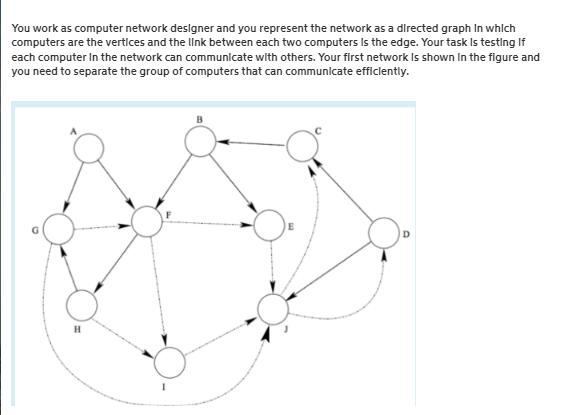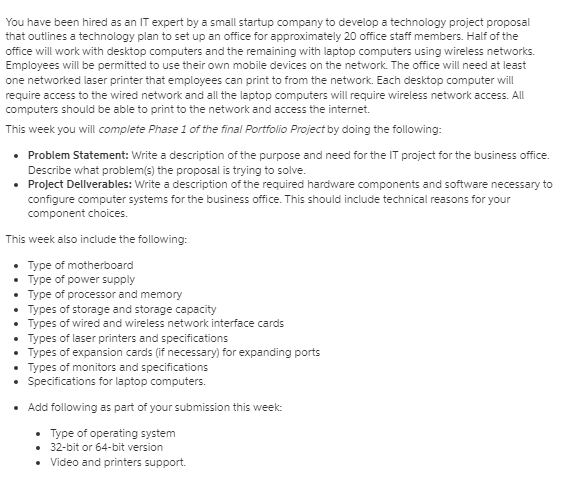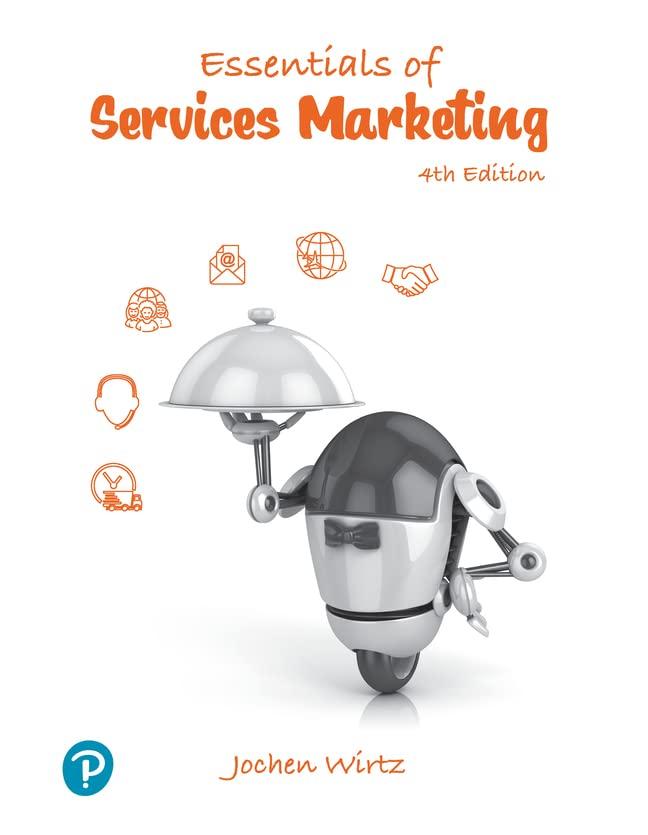Question
A POP is a group of one or more routers in an ISPs network at which routers in other ISPs can connect. NAPs are localized
A POP is a group of one or more routers in an ISPs network at which routers in other ISPs can connect. NAPs are localized networks at which many ISPs (tier-1, tier-2 and lower-tier ISPs) can interconnect. 15. HFC bandwidth is shared among the users. On the downstream channel, all packets emanate from a single source, namely, the head end. Thus, there are no collisions in the downstream channel. 16. Ethernet LANs have transmission rates of 10 Mbps, 100 Mbps, 1 Gbps and 10 Gbps. For an X Mbps Ethernet (where X = 10, 100, 1,000 or 10,000), a user can continuously transmit at the rate X Mbps if that user is the only person sending data. If there are more than one active user, then each user cannot continuously transmit at X Mbps. 17. Ethernet most commonly runs over twisted-pair copper wire and "thin" coaxial cable. It also can run over fibers optic links and thick coaxial cable. 18. Dial up modems: up to 56 Kbps, bandwidth is dedicated; ISDN: up to 128 kbps, bandwidth is dedicated; ADSL: downstream channel is .5-8 Mbps, upstream channel is up to 1 Mbps, bandwidth is dedicated; HFC, downstream channel is 10-30 Mbps and upstream channel is usually less than a few Mbps, bandwidth is shared. 19.The delay components are processing delays, transmission delays, propagation delays, and queuing delays. All of these delays are fixed, except for the queuing delays, which are variable. 20. Five generic tasks are error control, flow control, segmentation and reassembly, multiplexing, and connection setup. Yes, these tasks can be duplicated at different layers. For example, error control is often provided at more than one layer. 21.The five layers in the Internet protocol stack are - from top to bottom - the application layer, the transport layer, the network layer, the link layer, and the physical layer. The principal responsibilities are outlined in Section 1.7.1. 22.application-layer message: data which an application wants to send and passed onto the transport layer; transport-layer segment: generated by the transport layer and encapsulates application-layer message with transport layer header; network-layer datagram: encapsulates transport-layer segment with a network-layer header; link- layer frame: encapsulates network-layer datagram with a link-layer header. 23.Routers process layers 1 through 3. (This is a little bit of a white lie, as modern routers sometimes act as firewalls or caching components, and process layer four as well.) Link layer switches process layers 1 through 2. Hosts process all five layers.


You work as computer network designer and you represent the network as a directed graph in which computers are the vertices and the link between each two computers is the edge. Your task is testing If each computer in the network can communicate with others. Your first network is shown in the figure and you need to separate the group of computers that can communicate efficiently. H
Step by Step Solution
There are 3 Steps involved in it
Step: 1

Get Instant Access to Expert-Tailored Solutions
See step-by-step solutions with expert insights and AI powered tools for academic success
Step: 2

Step: 3

Ace Your Homework with AI
Get the answers you need in no time with our AI-driven, step-by-step assistance
Get Started


